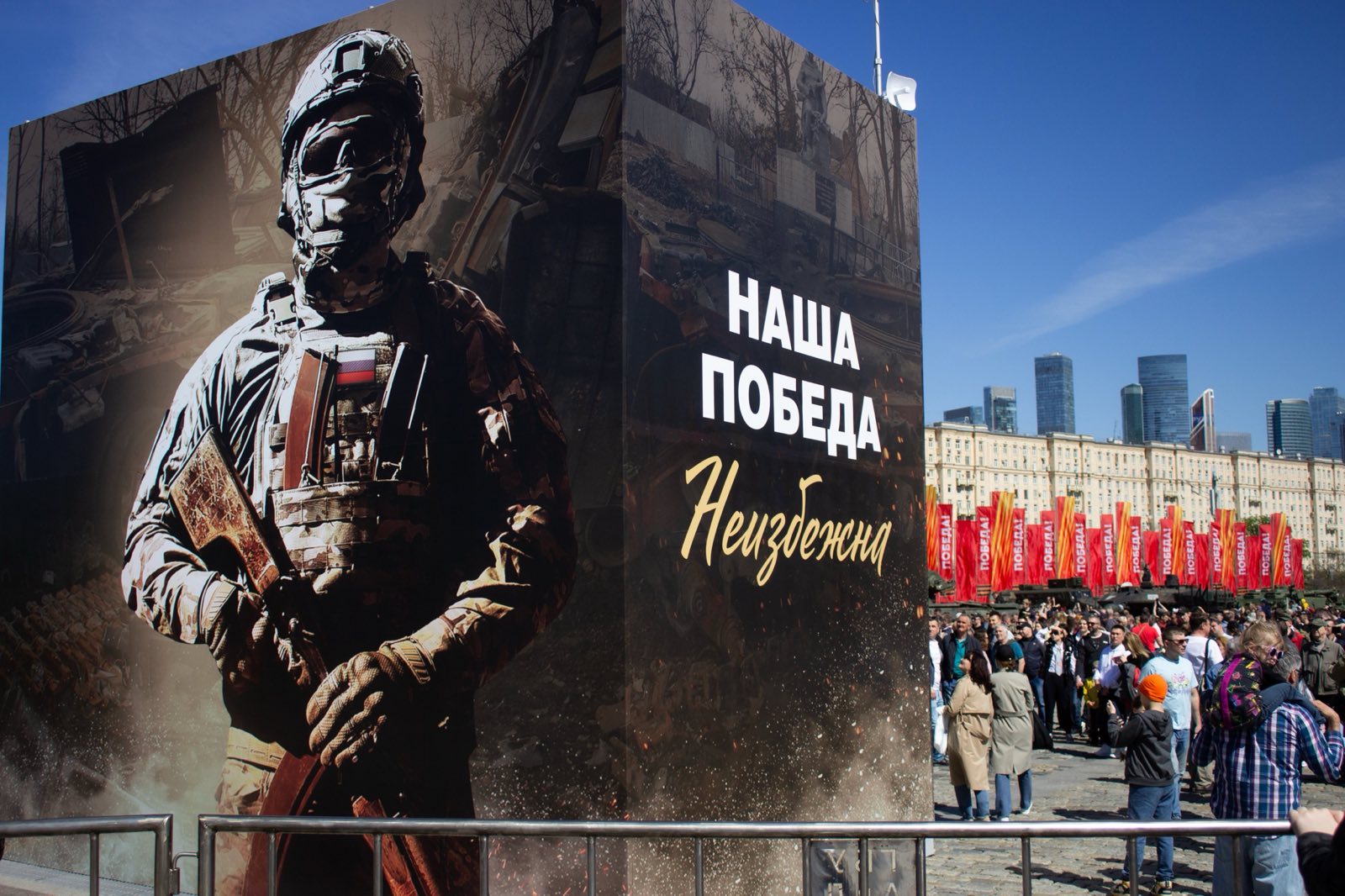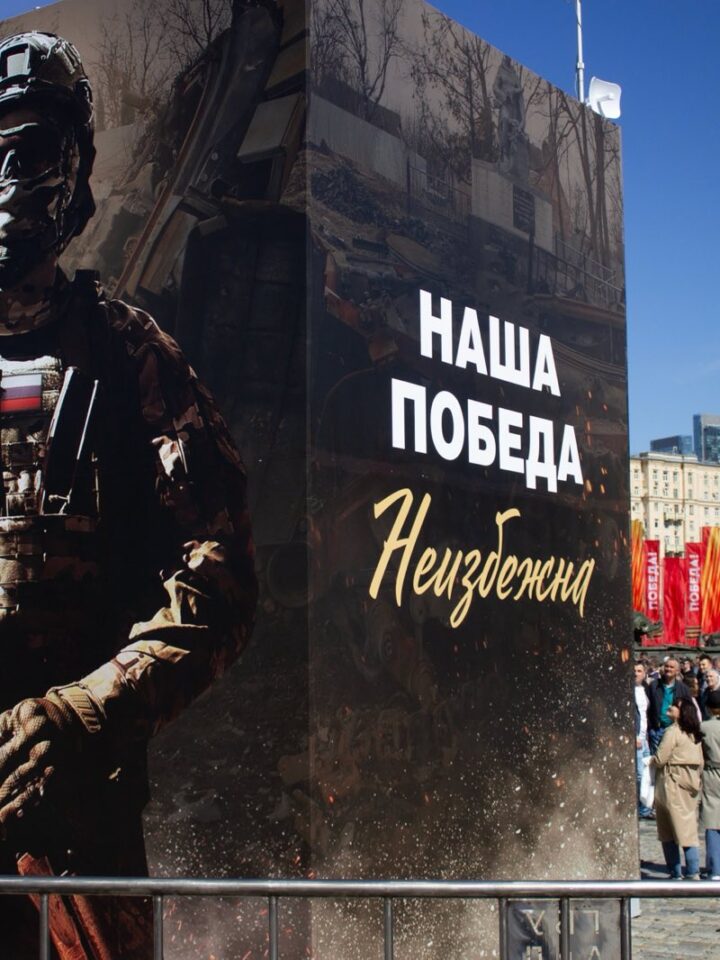The war in Ukraine has entered a phase of uncertainty. During his meeting with Donald Trump in Alaska, Vladimir Putin indicated that he plans to seize the entirety of the Donbas, including those areas which are still under Ukrainian control. However, the Russian army lacks the resources for a decisive breakthrough: this would require a new wave of mobilisation, for which neither society nor the state is prepared. At the same time, the Kremlin cannot afford, after such losses, to end the war without a tangible success or to lose Ukraine from its sphere of influence. Therefore, Russia has only two strategic alternatives: either obtain territorial concessions from Ukraine in the Donbas and impose limits on Ukraine’s sovereignty and military alliances, or continue the war.
The limits of force and boundaries of consent
Russia entered the Alaska negotiations at a moment of local success: its forces had broken through Ukrainian defences near the villages of Kucheryov Yar and Zolotoy Kolodez in the Donetsk region, opening the road to the Dobropillia-Kramatorsk highway. Yet within a few days, Ukrainian forces retook some of these positions, halting Russia’s advance.
Ukraine retains control over a quarter of the Donbas: more than 6,000 square kilometres of territory, including Sloviansk and Kramatorsk. Kyiv is unwilling to cede these cities without a fight. For Putin, the Donbas, which he refers to as ‘Novorossiya’, has a symbolic significance but is a problematic region. Capturing it swiftly by force is impossible, since Russia lacks the necessary manpower.
The recruitment of contract soldiers into the Russian armed forces is declining: according to Important Stories, the intake in the second quarter of 2025 was the lowest in two years. Mass mobilisation remains too risky for the Kremlin, which is forced to rely on alternative methods: recruiting convicts, pressuring those facing criminal charges to enlist, and drafting conscripts, with the most recent cohort reaching a record size of 160,000 men. Some conscripts later transition to contract service in the Ministry of Defence.
In order to make the draft more efficient, State Duma deputies have proposed year-round conscription, and a centralised military registry has also begun operating, with men receiving electronic call-up notices restricting their ability to leave the country. These steps may help to offset losses but are unlikely to raise enough troops for a decisive breakthrough. Yet Moscow still has the resources it needs to sustain the war at its current tempo, counting on the exhaustion of Ukrainian forces. At the same time, military constraints objectively push the Kremlin to seek diplomatic solutions. How such steps are perceived by society remains the key question.
When it comes to peace expectations, people’s hopes are very high – they want that. But when it comes to how realistic they think it is, pessimism prevails.
Margarita Zavadskaya
Senior Research Fellow at the Finnish Institute of International Affairs
Public opinion leaves Putin room for manoeuvre. About 30 per cent of Russians consistently oppose negotiations and firmly support continuation of the war. However, according to research by the PROPA sociological project, attitudes towards the war are fluid: from July to November 2024, more than a quarter of respondents in an online panel survey (the same individuals asked the same question twice, with an interval ofseveral months) changed their position on support for the special military operation. Most shifted from firm approval to uncertainty, or vice versa – for example, from ‘approve’ to ‘don’t know’ (4.5 per cent) and from ‘don’t know’ to ‘approve’ (4.1 per cent).
The stable pro-war core remains around 30 per cent. The majority, however, constitute a conformist group that shows signs of wavering, suggesting a potential drift towards neutrality.
Ella Paneyakh
Senior Research Fellow, Head of Sociology, NEST Centre
Those occupying this wavering middle ground are likely to accept a ‘frozen conflict’ as an acceptable outcome, provided it is presented as Putin’s personal decision.
The Kremlin’s scenarios for Kyiv’s future
Yet even full control over the Donbas would not resolve the Kremlin’s main problem, that of how to prevent Ukraine from becoming a viable state, oriented towards the West. For Moscow, this would mean the loss of its sphere of influence and the emergence at its borders of a state institutionally opposed to Russia.
One scenario acceptable to the Kremlin is ‘Finlandisation’. While formally retaining sovereignty, Ukraine would be required to renounce NATO membership and conduct its foreign policy with Moscow’s interests in mind. Finland applied this model during the Cold War, preserving itsdemocracy and independence but pursuing a cautious foreign policy that accounted for Soviet interests. Such a scenario would in practice limit Ukraine’s foreign-policy sovereignty and cement dependence on Moscow, making it unacceptable for Kyiv.
During Trump’s talks with Zelensky and European leaders in Washington, the issue of NATO membership was not raised. However, Trump gave a clear signal that the United States would nonetheless provide Ukraine with ‘very strong security guarantees’. According to the Financial Times, this could involve the purchase of US weapons worth $100 billion for Ukraine by European partners. In addition, Kyiv and Washington may conclude a $50 billion deal for the production of drones by Ukrainian companies. For Moscow, the message is clear: even without formal NATO accession, Ukraine will receive support.
The Kremlin seeks a formula that will allow it to consolidate territorial gains and preserve influence while minimising social and political risks. Its strategic choices are restricted to two scenarios: territorial concessions and ‘Finlandisation’, or continuation of the war. Moscow is not prepared to revise its objectives, while Ukraine has ruled out any concessions involving loss of territory or limits on its sovereignty. Formally, negotiations continue, but they have not yet brought the two sides closer to compromise.



